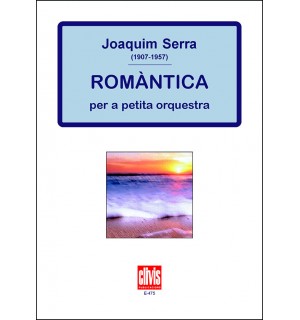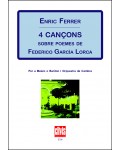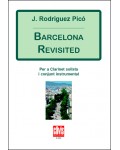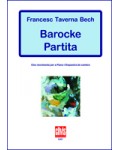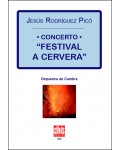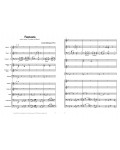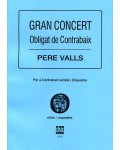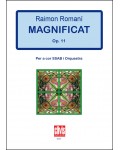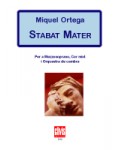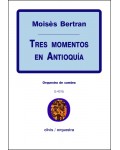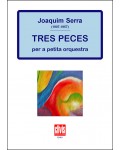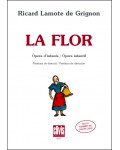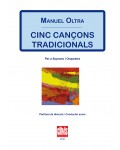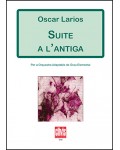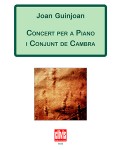
No products
Prices are tax included
Product successfully added to your shopping cart
There are 0 items in your cart. There is 1 item in your cart.
- English
- Castellano
- Català
Romàntica
DE475
This work as described by its title is a romantic poem starting with passionate spirit and with a long and wide melody full of expressivity. The piano does not have a soloist part, in spite of appearing notoriously, but becomes part of the orchestral element. The central part consists of four soloist interventions of the violin, the clarinet, the flute and the cello.
| Period | 20th c. |
| Subheading / Parts | per a petita orquestra |
| Instruments | 2121-2000-timp.-pno.-str. |
| Pages | 40 |
| Time | 10 min |
| Contents | score |
| ISMN | 979-0-3502-0626-9 |
| Remarks | The parts are available in rent regime. Contact with the publisher (info@clivis.cat). |
| Price of print edition | 31,20€ |
| Orchestras | si |
| Edition | Digital |
According to the catalogue that Joaquim Serra did of his own work during his life time, this piece of work for piano and orchestra figures as Opus number 31 and is dated 1928. To exceed the production of thirty pieces in only 21 years shows the author’s gift for writing. Up until that moment he had been known as a composer for sardanas (Catalan folk dance) and freestyle popular songs, as well as popular songs accompanied by piano and had also composed his first chamber piece: a Trio for violin, viola and piano.
This is, therefore, his first orchestral piece. Even though there is another version (for piano and strings) this is the most well known and played with a Mozart style orchestra. The piano does not have a soloist part, in spite of appearing notoriously, but becomes part of the orchestral element. This work as described by its title is a romantic poem starting with passionate spirit and with a long and wide melody full of expressivity. The piano part, nearly always in arpeggios, creates an ethereal climate leading to the orchestral interventions, full of colour and good taste. The central part, before re-exposing the main theme, consists of four soloist interventions: the first is the violin which gives way to the clarinet; the flute collects the testimony to pass it on finally to the cello.
The piece is full of good taste without excesses and most of all not falling into the temptation of making the piano outstand the thickness of the orchestra.
David Puertas

